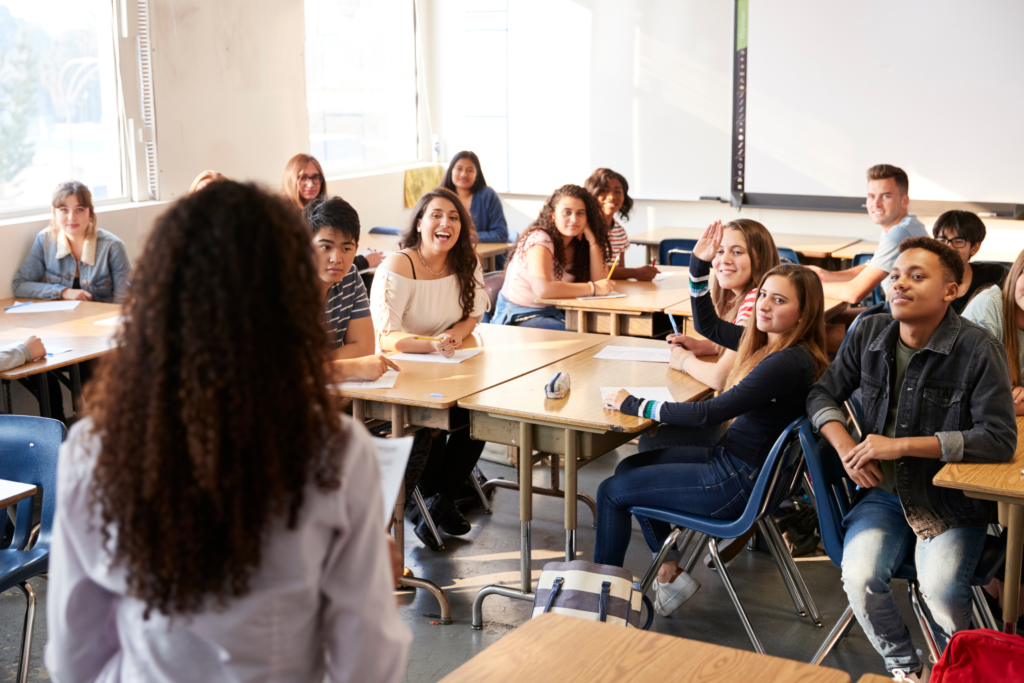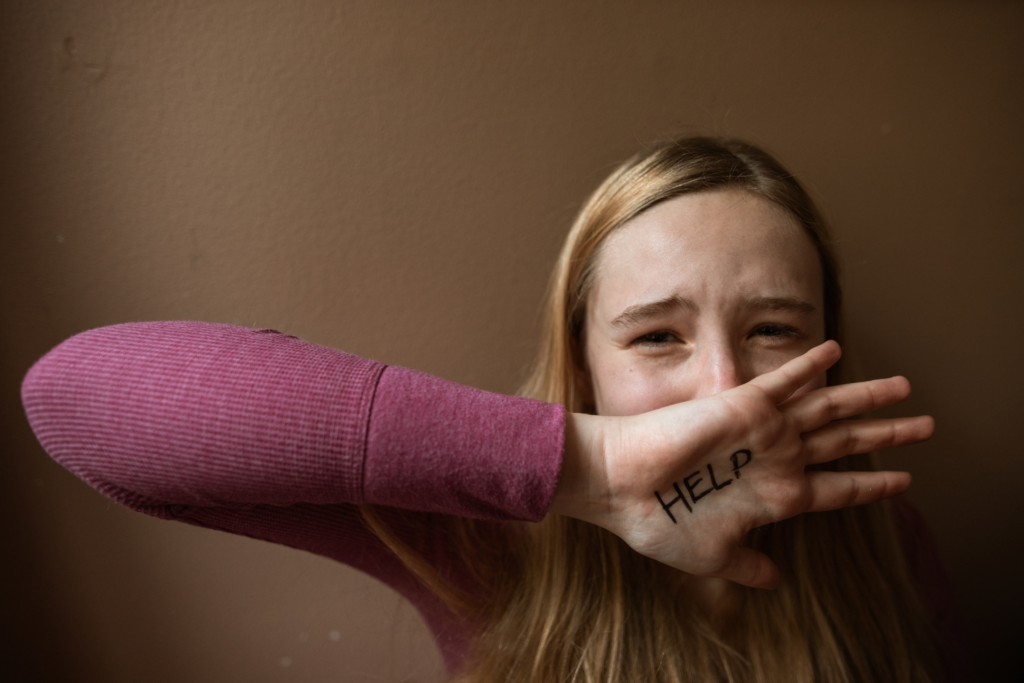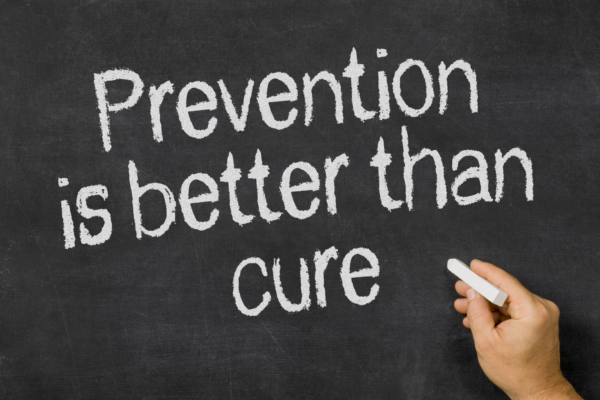Human trafficking, a modern form of slavery, affects millions of men, women, and children around the world. It involves the illegal trade of people for purposes such as forced labor, sexual exploitation, and involuntary servitude. In order to combat this pervasive issue, preventive education aimed at at-risk populations is critical. By equipping individuals with knowledge about the dangers of trafficking, communities can empower themselves and reduce vulnerability to these heinous crimes.
Understanding Human Trafficking
Human trafficking is a complex and multifaceted issue that transcends borders and socioeconomic lines. Victims can come from various backgrounds and may be lured by false promises of employment, education, or a better life. Traffickers often exploit vulnerabilities, such as poverty, lack of education, and social isolation. Understanding the dynamics of trafficking can help prevent individuals from falling prey to these manipulative tactics.
The Role of Human Trafficking Education
Preventive education is essential in empowering at-risk populations to recognize, avoid, and report potential trafficking situations. Educational initiatives should start early, ideally targeting youth who are particularly vulnerable due to their developmental stage, curiosity, and desire for independence. By incorporating age-appropriate curricula in schools, community centers, and through outreach programs, educators can raise awareness about the signs of trafficking and the methods used by traffickers.

Educational programs should cover several key components:
- Awareness of Trafficking Methods: Traffickers use various strategies to lure victims, including online grooming, romance scams, job offers, and promises of a better future. Understanding these tactics can enable individuals to identify red flags and take precautions.
- Empowerment Through Knowledge: Providing information about personal safety, rights, and resources can empower at-risk individuals. Knowledge about how to seek help when threatened or approached by potential traffickers fosters confidence and resilience.
- Building Critical Thinking Skills: Teaching critical thinking and decision-making skills allows individuals to analyze situations better and make informed choices. This is especially important in the digital age, where many interactions occur online, and the risks can be obscured.
- Creating Support Networks: Education can help foster community ties and support systems. When individuals feel connected to their communities, they are less susceptible to isolation, making them more resilient against traffickers’ manipulation.
- Engaging Parents and Guardians: Parental involvement in education is crucial. Workshops and seminars designed for parents can help them recognize the signs of trafficking and understand the importance of open communication with their children.
Targeting At-Risk Groups

While trafficking can affect anyone, certain populations are at greater risk. This includes:
- Youth and Adolescents: Young people, particularly those in foster care or unstable home environments, may be more vulnerable to exploitation.
- Immigrants and Refugees: Individuals fleeing conflict or seeking better economic opportunities may fall victim to traffickers preying on their desperation.
- Individuals Experiencing Poverty: Economic deprivation can drive individuals to seek any available job, making them susceptible to fraudulent offers.
- LGBTQ+ Youth: These individuals often face familial rejection, leading to homelessness and isolation, which traffickers can exploit.
Tailoring educational programs to address the specific needs and challenges faced by these populations increases their effectiveness and reach.
The Community’s Role
Community organizations and stakeholders play a vital role in the implementation of preventive education regarding human trafficking. Collaboration between schools, law enforcement, non-profits, and health services can create a comprehensive approach to combating trafficking.
Moreover, training for professionals who interact with at-risk populations—such as teachers, social workers, and healthcare providers—is essential. They need to recognize the signs of trafficking and understand how to appropriately respond if they suspect someone is being exploited.
You may also like the following:

